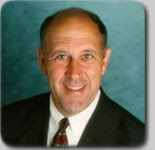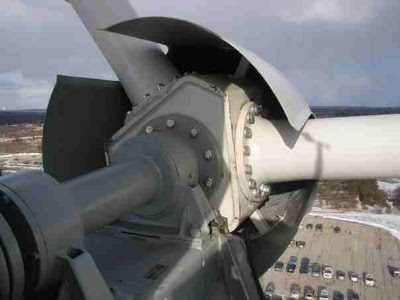Companies look for ways to cut back in tough times
From an article by Rick Barrett in the Milwaukee Journal Sentinel:
Todd Nelson, owner of the Kalahari Resort, fires off in staccato fashion the belt-tightening measures taken at his Wisconsin Dells water park.
• Seventy employee cell phones eliminated. Saving: $4,500 a month.
• Wristbands for water park customers changed to a cheaper model. Saving: $60,000 a year.
• A new laundry water recycling system: $70,000 a year.
• Six company cars sold, saving thousands of dollars in fuel, insurance and maintenance.
• More than 100 employee e-mail addresses canceled. Saving: $8,000 annually in account fees.
• Employees attending trade shows now stay at cheaper hotels rather than the convention hotel.
“They can drive an extra three miles to a Comfort Inn,” Nelson said.
For most companies, cost-cutting is key to surviving this recession. Layoffs and job reductions have been the most painful measures, but other less dramatic steps also can result in significant saving and can help a company’s long-term health. . . .
Some companies have found huge savings through energy conservation.
The Kalahari installed a 103-panel solar hot water system that heats 60% of the water in the resort’s laundry room.
Low-flow shower heads were installed in guest rooms, reducing water consumption by 2.46 million gallons per year.
The resort has a goal of cutting its electric bill by 30%, using dozens of measures such as motion-sensor lights in public areas.


